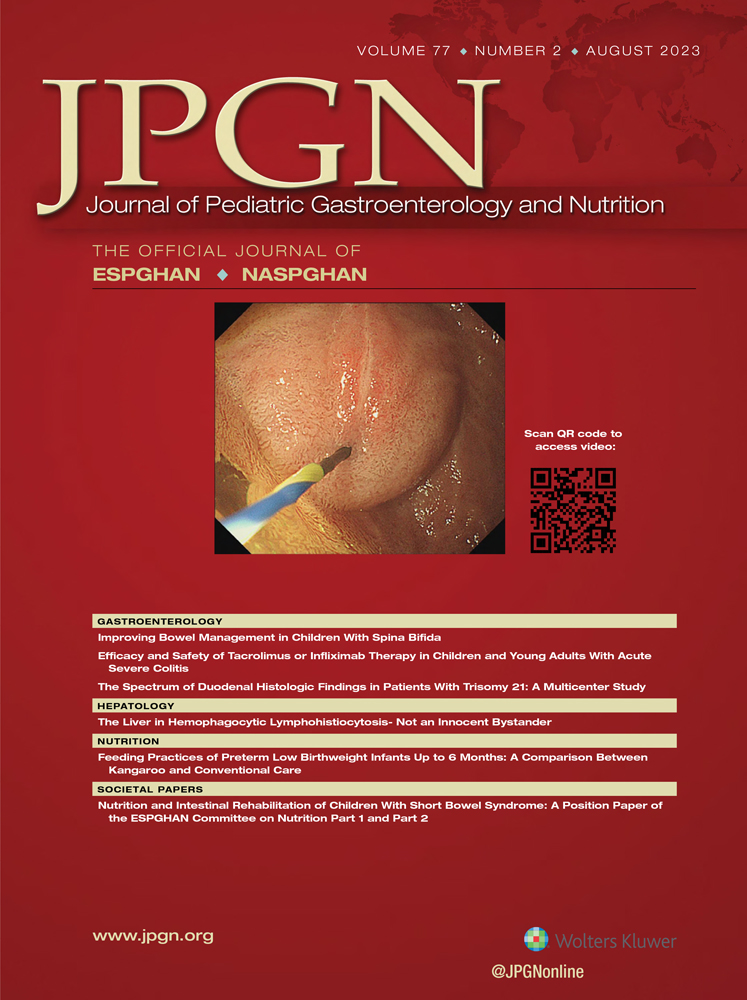Validation of the Structured Assessment of Gastrointestinal Symptoms Scale to Support Standardized Evaluation and Follow-up
The authors report no conflicts of interest.
Supplemental digital content is available for this article. Direct URL citations appear in the printed text, and links to the digital files are provided in the HTML text of this article on the journal’s Web site (www.jpgn.org).
Abstract
Objectives:
Patient-reported outcome measures facilitate evaluation of patients and allow to better assess treatment effects. Validated tools are lacking for pediatric gastroenterological patients. We thus aimed to adapt and validate for pediatric populations a self-administered Structured Assessment of Gastrointestinal Symptoms (SAGIS) tool that previously has been validated in adult cohorts.
Methods:
Each item of the original SAGIS instrument was thoroughly reviewed for its relevance in the pediatric population. The resulting pediatric (p)SAGIS was utilized over a 35 months’ period in consecutive patients in a pediatric outpatient GI clinic. Principal component analysis (PCA) followed by varimax rotation and confirmatory factor analysis (CFA) was performed in derivation and validation samples. Responsiveness to change was assessed in 32 children with inflammatory bowel disease (IBD) after 12 months of therapy.
Results:
The final pediatric SAGIS (pSAGIS) consisted of 21 GI-related Likert-type questions, 8 dichotomous questions assessing extra-intestinal symptoms, and 2 most bothersome symptoms; 1153 children/adolescents completed a total of 2647 questionnaires. Cronbach alpha was 0.89, indicating good internal consistency. PCA supported a 5-factor model (symptom groups: abdominal pain, dyspepsia, diarrhea, constipation, dysphagia/nausea) and CFA showed good model fit (comparative fit index: 0.96, root-mean-square error of approximation: 0.075). The initial mean total GI symptom score in IBD patients (8.7 ± 10.3) decreased to 3.6 ± 7.7 after 1 year of therapy (P < 0.01), and 4 of 5 symptom group scores decreased significantly upon treatment (P < 0.05).
Conclusions:
The pSAGIS is a novel, easy to use, self-administered instrument for GI-symptom assessment in children/adolescents with excellent psychometric properties. It may standardize GI-symptom assessment and may enable uniform clinical analysis of treatment outcomes.




